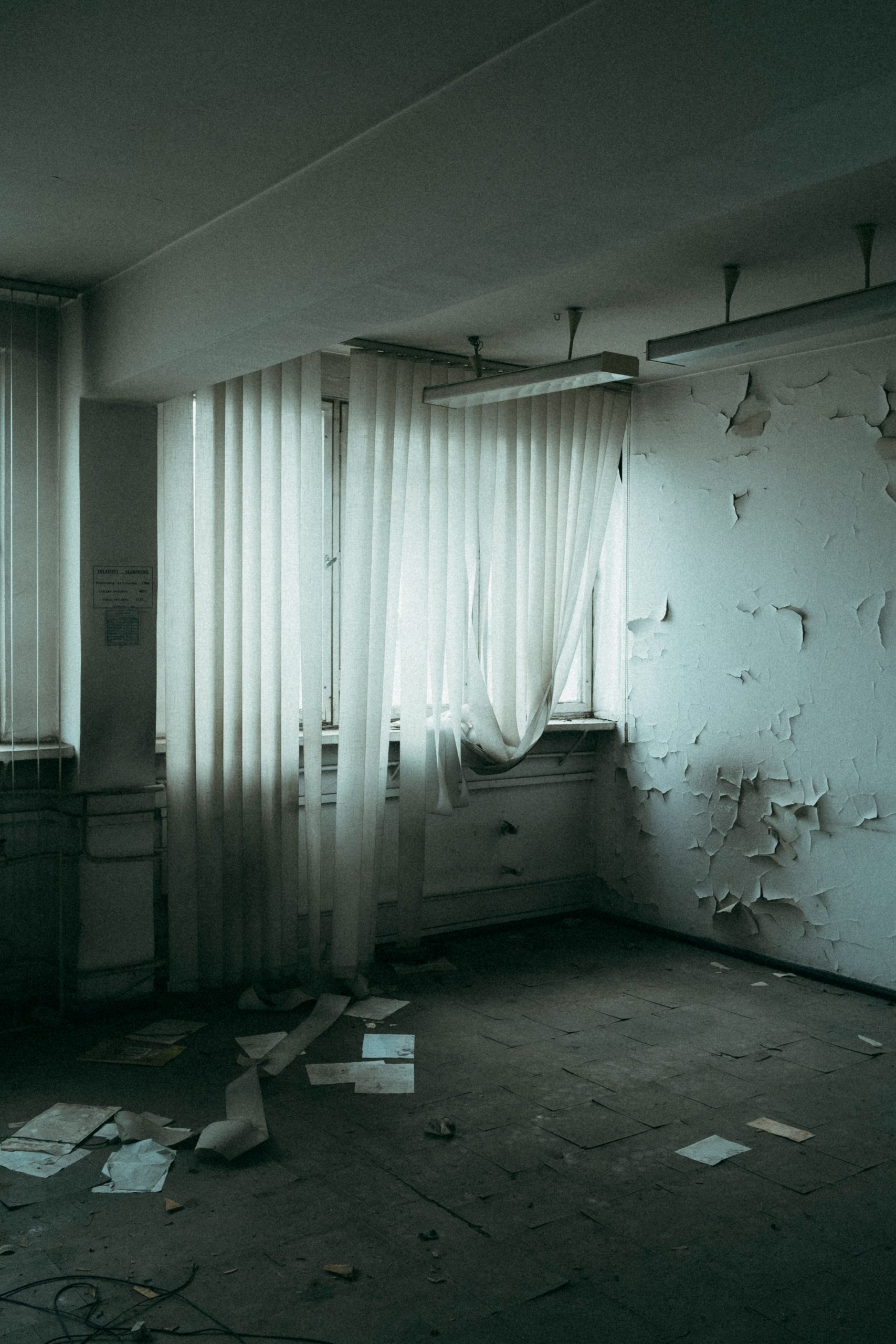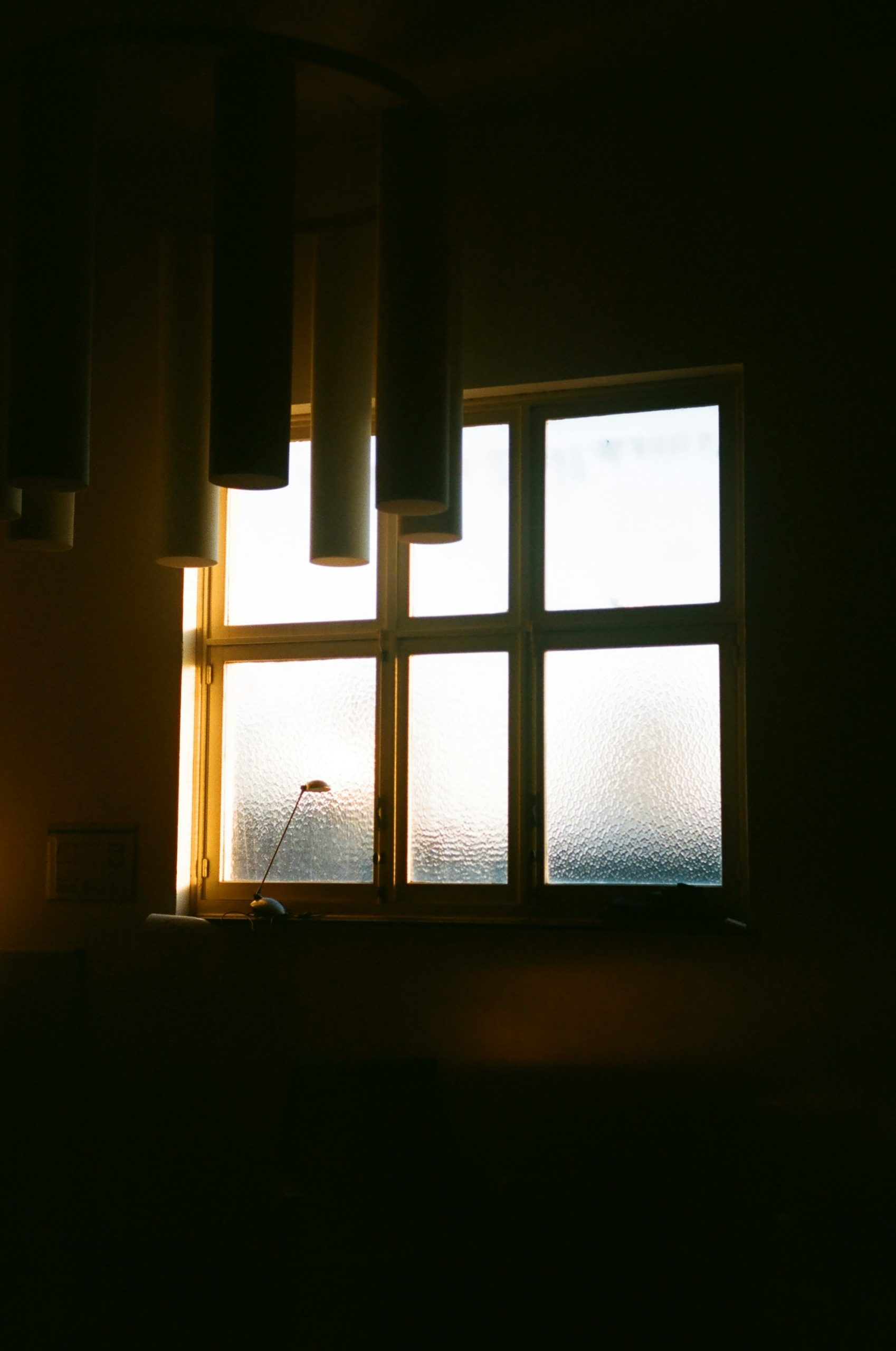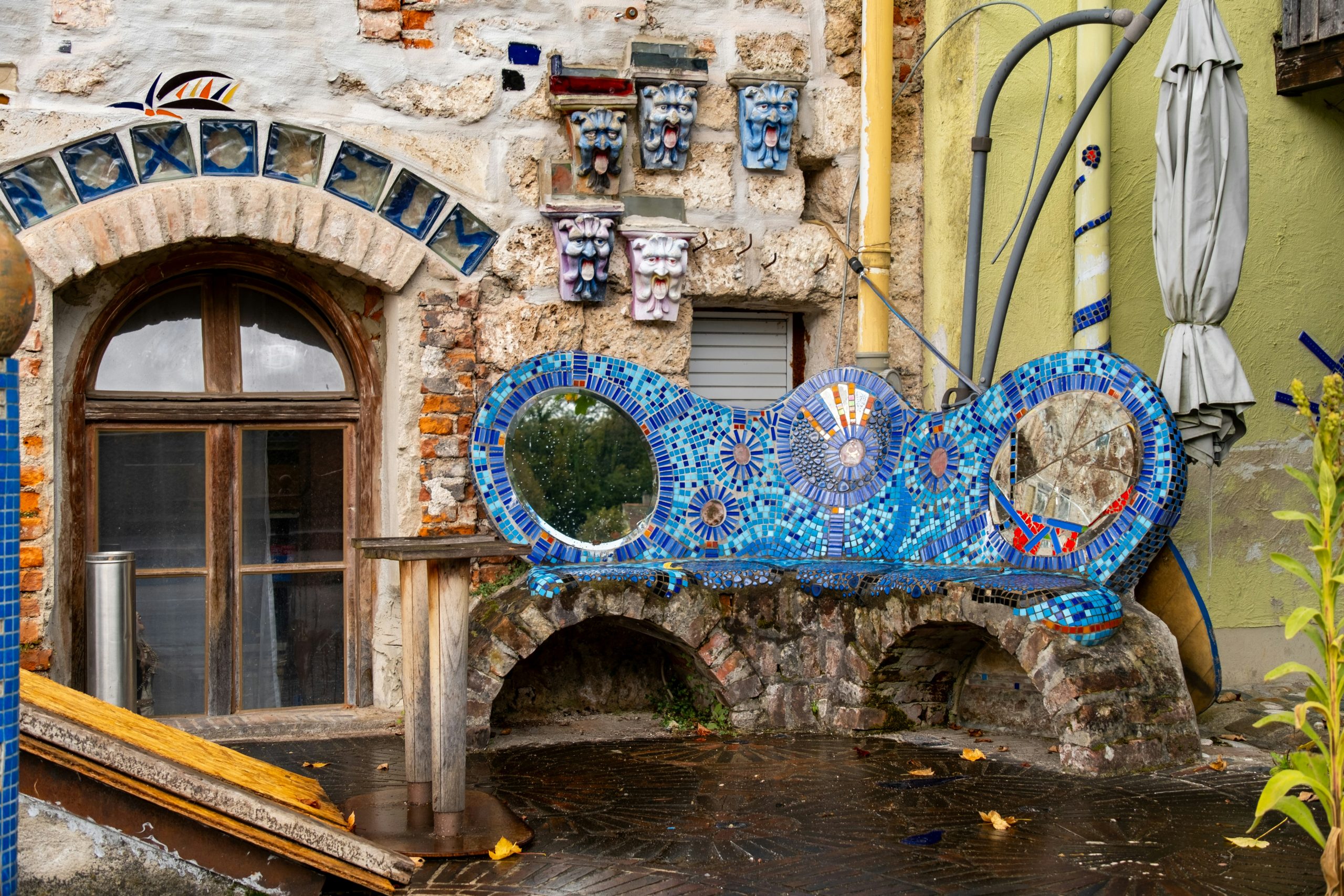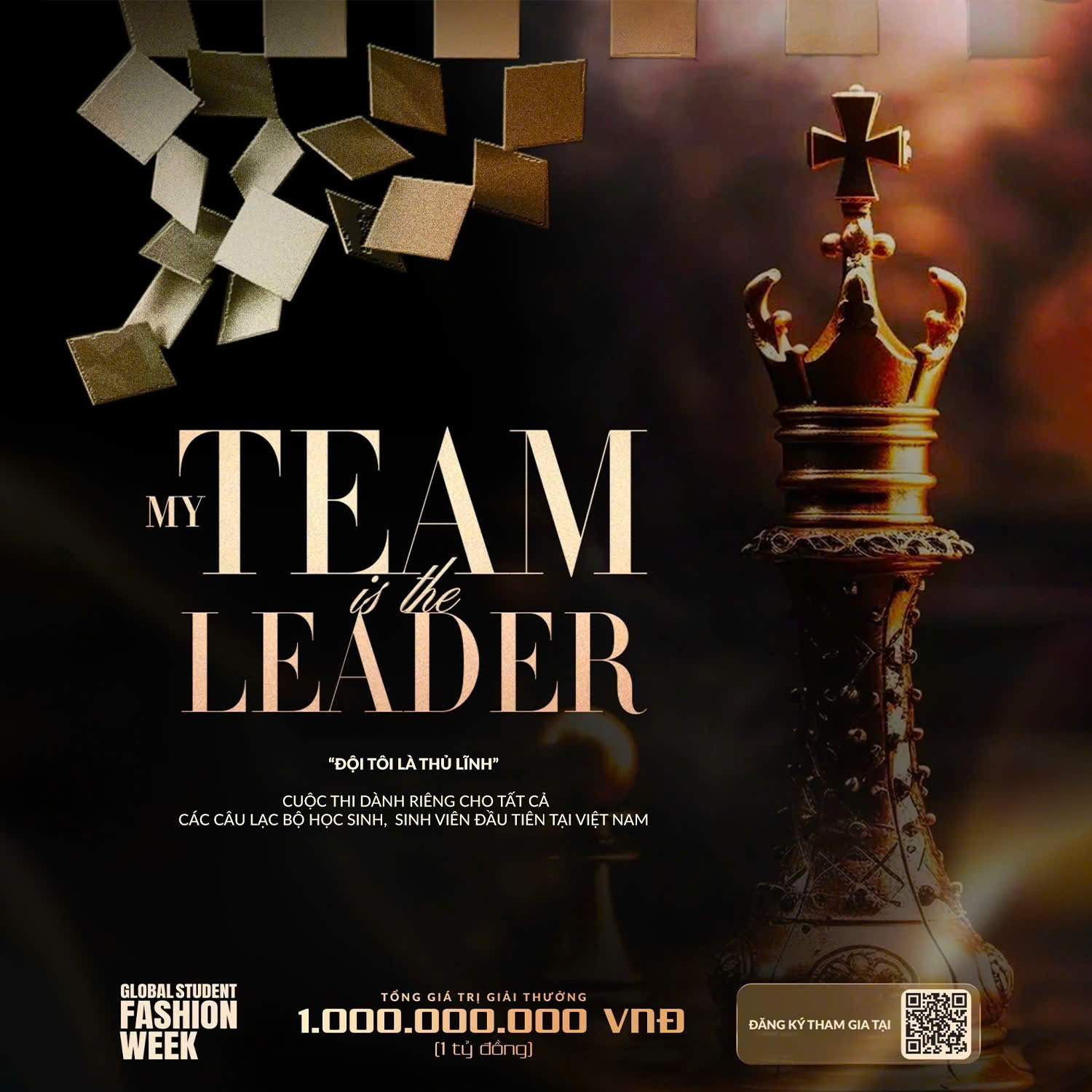There are memories like waves that never rest – always lapping gently in the unconscious, caressing and seeking a new path. They are fragments of time, traces from a world that once was, yet within each speck of that dust of memory lies the potential for miraculous rebirth. The pieces of the past are not meant to be preserved as silent monuments, but to be restructured, to become lifeblood for the boundless creativity of the present and the future.
The bygones – Never silent
Each memory is like a piece of a grand mosaic, seemingly forgotten amid the chaos of life. The old alleyways, the flavors of childhood, the fragmented conversations with friends – all pass by like fleeting shadows. Yet within that hazy tide, something miraculous happens: when we pause and look back, we realize that those worn-out memories were never truly silent. They have been waiting to be reborn, like embers quietly smoldering, longing for the moment to ignite.
Old objects, familiar rooms – though they may appear to be remnants of a bygone past – carry a hidden power within. It is not a return, but a transformation, a rebirth in a new form. Weathered wooden chairs, timeworn walls, every scratch and scar etched by time – each holds within it a restless creative instinct, a quiet urge to begin again.
The breath of nostalgia – To be seen in the dark
Memory is never silent – it echoes like a recurring melody, though never the same twice. In every corner of the past, there lingers a breath, like waves whispering in the night. When we let our souls quiet down, we begin to see the beauty in old wounds, the wonder in the ever-shifting shape of what once was.
To resurrect memory is to embark on a journey of rediscovering beauty in the smallest details – a reflection on the past that breathes new life into the present. The old is not something to be buried, but something to be unearthed and seen through a renewed lens. These memories are not burdens – they are an inexhaustible source of creativity.
Old & new – Transforming in each breath
Can the old survive in the new? And can the new exist without the old as its foundation? It is in this meeting of past and present that creativity is born. A painting is never complete with just one color. The old is not the end but the beginning, the faint seeds waiting to sprout in the rich soil of the present.
Memory is not something to be “forgotten” in order to move forward. It is the past, with its joys, sorrows, and stumbles, that provides the powerful energy to create new works. What we’ve experienced, though worn and scarred, can become the precious material for artistic revolutions, new ideas, and groundbreaking innovations.
Creativity – When the old blossoms in the present
Creativity is not a complete separation from the past, but a fusion, a rebirth. Each memory is a precious gem, bearing the wear of time, yet containing countless untapped nuances. Creating something new is not about discarding the old, but about rethinking, restoring the beauty that was lost, and bringing back the images that once faded.
The old environment, the space that holds traces of the past, is not something we leave behind but a treasure essential for rebirth. Those quiet moments, which seem to have run dry, are in fact an endless source of material to create new things, to initiate continuous beginnings. When we learn to listen, memory becomes the rhythm of creativity, like gentle waves soothing the soul, awakening beauty hidden beneath the dust of time.
When memory is reborn, it is no longer old images but new melodies, strange colors, symbols that constantly change. It is the journey of endless creativity, the perpetual rebirth of old values in new hues. Memories are not just memories; they are smoldering fires, threads connecting the past to the present, and the future.
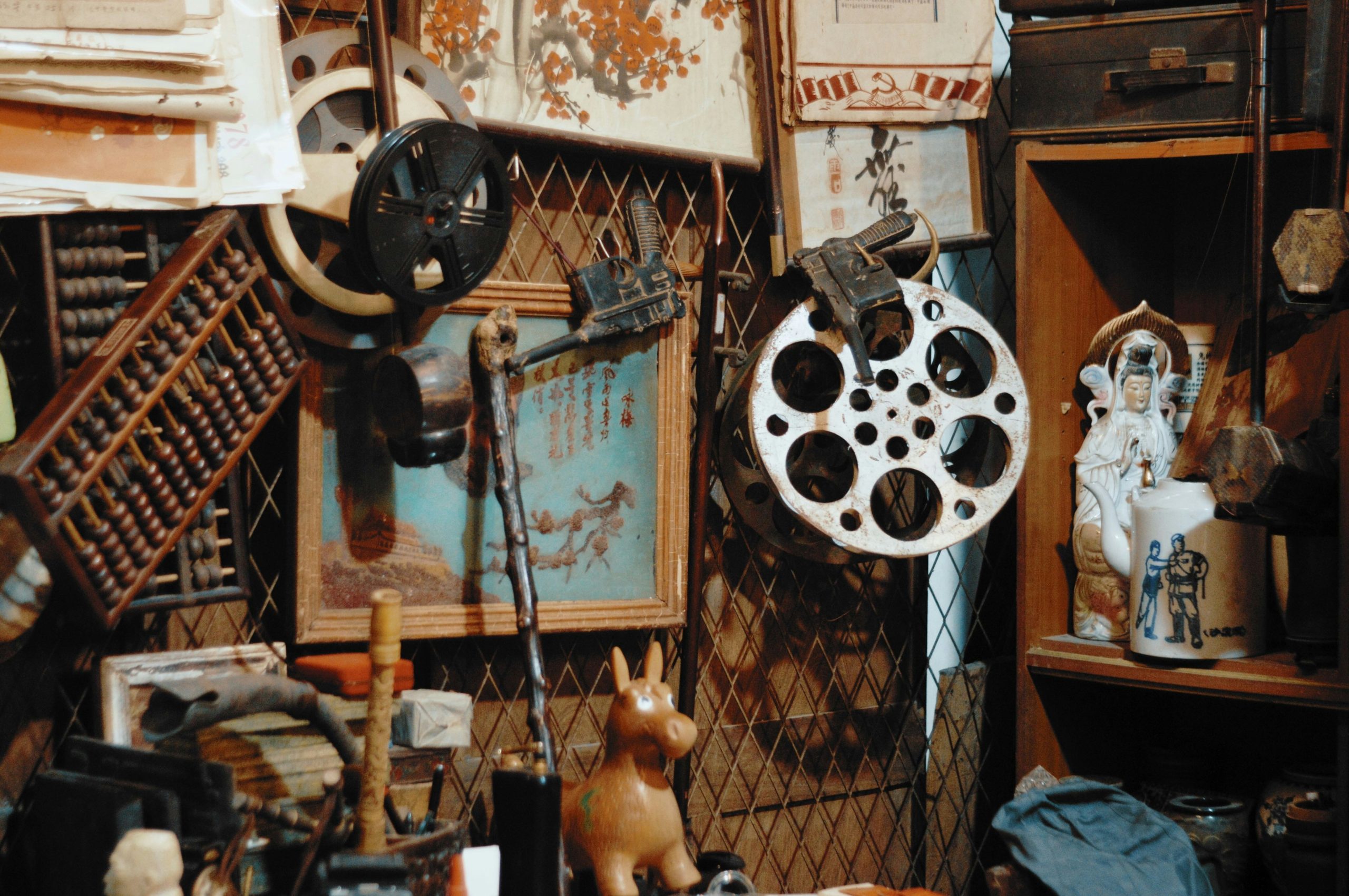
Zuong | Cameron Truong


